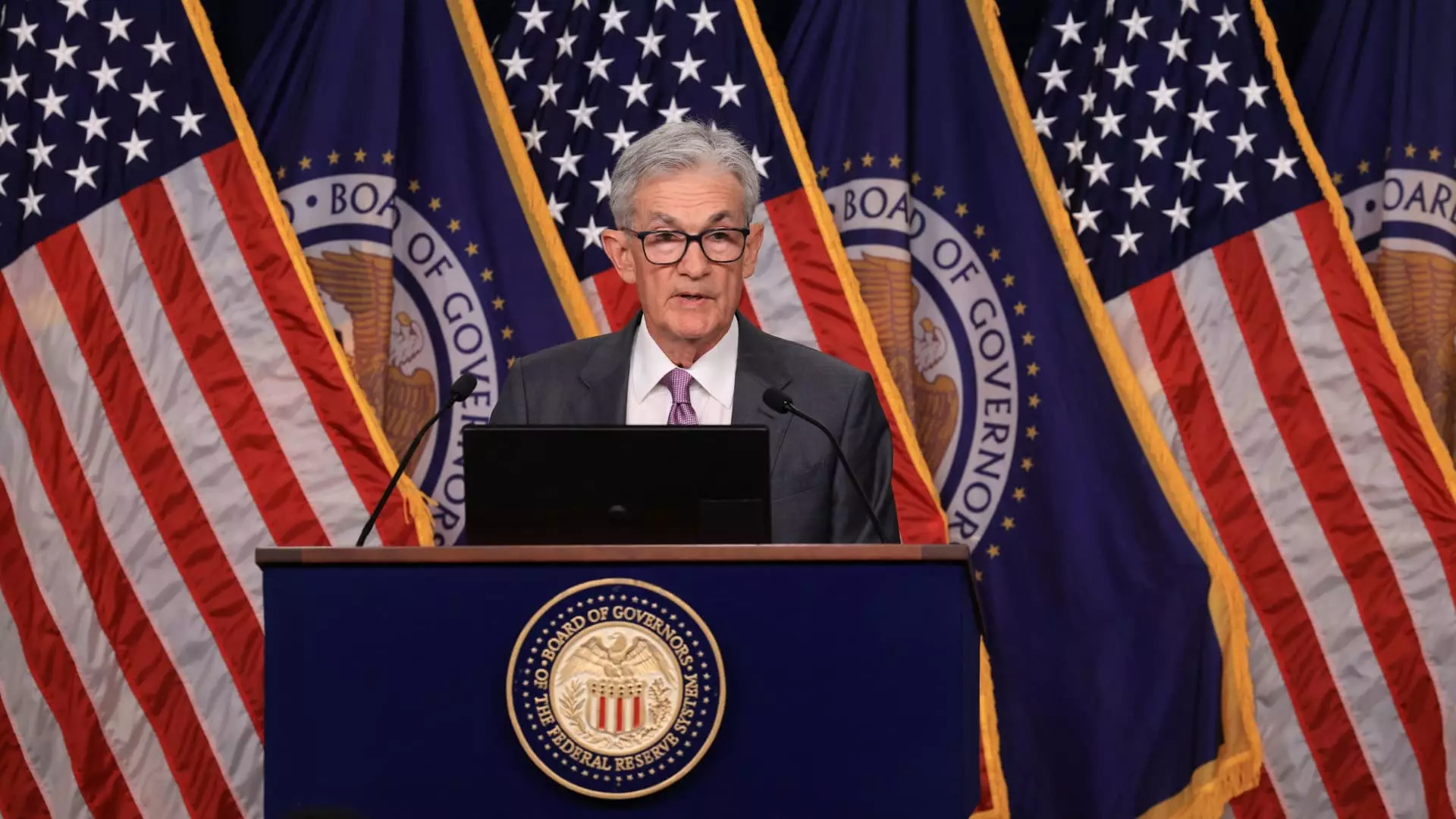In a significant move, the Federal Reserve has revised its interest rate projections, signaling a potential decrease by half a point by the close of 2024. With two critical policy meetings remaining on the calendar—set for November 6-7 and December 17-18—economists and market participants are closely observing the central bank’s maneuvers. The dot plot released by the Federal Open Market Committee (FOMC) indicates that a majority of its members foresee the benchmark federal funds rate stabilizing at 4.4% by year’s end. This suggests a target range of 4.25% to 4.5%, demonstrating a cautious but deliberate approach to monetary policy.
Economists are now pondering the implications of these projections as they reflect a broader economic strategy that appears to prioritize gradual adjustments over abrupt changes. The Fed’s extended outlook, projecting further reductions to 3.4% by 2025 and 2.9% by 2026, underscores a commitment to not just reactive measures but a careful orchestration of interest rate policy aimed at ensuring economic stability.
Jerome Powell, the Chairman of the Federal Reserve, emphasized during a recent press conference that there is no urgency to accelerate these adjustments. Rather than signaling a hasty policy shift, Powell’s remarks suggest a framework where economic data and spontaneous market trends will critically guide the committee’s decisions. His assertion that the process evolves over time hints at a philosophy of careful stewardship, reinforcing the idea that the decision-making will depend heavily on real-time economic indicators.
Following the recent rate cut—the first such reduction since the onset of the COVID-19 pandemic—the Fed appears to be balancing immediate economic concerns with long-term goals. The central bank’s communication strategy reflects an understanding of the intricacies involved in navigating inflation reduction and employment stability.
Recent updates from the Fed indicate a nuanced view of labor market dynamics and inflation expectations. The prediction for unemployment has been adjusted upwards to 4.4% for this year, a notable revision from the earlier 4% estimate. This shift reflects a more cautious sentiment in light of current economic challenges, suggesting that the Fed is preparing for potentially tougher times ahead as economic indicators fluctuate.
On the inflation front, the Fed has lowered its expectations to 2.3%, down from 2.6%. The reduction in the core inflation outlook to 2.6% reflects a delicate balancing act faced by policymakers. This revision may indicate a recognition that, although progress is being made toward the inflation target of 2%, the path forward remains complex and fraught with uncertainties.
The Federal Reserve’s recent actions and projections illustrate an evolving economic landscape shaped by caution and responsiveness. While the central bank seems to be making strides in directing the economy toward stability, the adjustments reflect an acute awareness of the unpredictable factors at play. As we move closer to the end of 2024, all eyes will be on the Fed’s forthcoming meetings and the strategies they employ to navigate the ever-changing economic currents. The delicate balance between fostering growth and controlling inflation will undoubtedly be the focal point of ongoing discussions and future policy implementations.


Leave a Reply